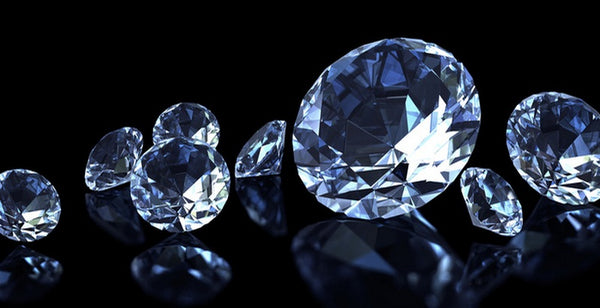The Future Of Lab-Grown Diamonds

The Rise of Lab-Grown Diamonds: A Sustainable and Affordable Alternative to Natural Diamonds.
Diamonds have been the epitome of luxury and exclusivity for centuries, worn only by the wealthiest and most powerful individuals. But with the rise of lab-grown diamonds, the landscape of the diamond industry is changing rapidly.
The History of Diamonds

The History of Lab-Grown Diamonds
Why Lab-Grown Diamonds are Gaining Popularity
There are several reasons why lab-grown diamonds are becoming increasingly popular among Millennials and Gen-Z. First and foremost, they are more affordable than natural diamonds, with estimates showing that they can be up to 40% cheaper. Additionally, lab-grown diamonds are more sustainable and transparent, as the source of the diamond is known and they can be produced using renewable energy. Finally, lab-grown diamonds are just as beautiful and authentic as natural diamonds, making them an attractive alternative for those looking for a more ethical and environmentally friendly option.
The Future of Lab-Grown Diamonds

The future of the diamond industry undoubtedly includes lab-grown diamonds. Demand for synthetic diamonds is expected to grow by 20% annually, and the availability of lab-grown diamonds in markets is expected to make a significant impact on their sale. Additionally, as technology continues to improve, the quality of lab-grown diamonds will only get better.
Lab-grown diamonds are a sustainable, affordable, and attractive alternative to natural diamonds. They are here to stay and will undoubtedly play an increasingly important role in the diamond industry in the years to come. As the world continues to prioritize sustainability and transparency, lab-grown diamonds are the way forward.


Leave a comment